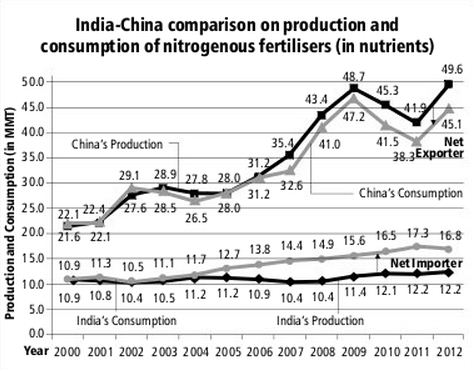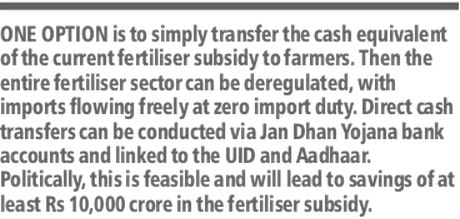In 1948, the United Nations General Assembly adopted the Universal Declaration of Human Rights (UDHR), which stands as a beacon for the international community on the standards it should set for the defence and promotion of human rights. The Declaration was drafted over a period of two years on the initiative of the United Nations Commission on Human Rights, through members from various nationalities and political backgrounds, including the noted Indian freedom fighter, educator and reformist, Dr. Hansa Jivraj Mehta.
It was in keeping with the Universal Declaration of Human Rights and the Paris Principles that countries across the world, including India, established their respective National Human Rights Institutions (NHRIs). In India, the National Human Rights Commission (NHRC) was established by The Protection of Human Rights Act, 1993.
Widespread violations
However, despite this wide array of human rights institutions, there continue to occur throughout the world widespread violations of human rights. There is therefore some sting, but more than a grain of truth in the cynic’s lament that “the only thing universal about human rights is their universal violation.”
As we mark the 66th anniversary of the adoption of UDHR this year, disclosures of mass human rights violations have called into question the commitment of governments in guaranteeing the protection of fundamental rights and highlighted the need for greater accountability.
This year, globally, we have witnessed continuing human rights violations such as executions, amputations, and lashings by terrorist groups, assassination of captured belligerents by governments, mistreatment, violations, and crimes committed during conflicts, among other egregious rights abuses.
Still, a prominent number of countries paid mere lip service to democracy while mocking the rights central to democratic rule. This calls for deep introspection regarding the mounting challenges that confront individuals.
Needless to state, governments which defend human rights are steadier, more committed, and able to contribute to and reinforce international peace and harmony while countries which are unsuccessful in upholding and promoting human rights will eventually face economic deficiency and international seclusion.
The true test of “good governance” is the degree to which it delivers on the promise of civil, cultural, economic, political and social rights. Thus, the key benchmark for judging effective governance is whether or not public institutions are effectively guaranteeing rights such as right to health, housing, food, education, and justice, besides ensuring effective safety in the country.
Human rights problems in India
In India, the bulk of human rights problems that come forth for the consideration and intervention of the NHRC relate to atrocities by the police and security forces, including extrajudicial killings, torture, rape, and corruption at all levels of government.
The world’s largest democracy is also dogged by separatist violence, life-threatening prison and police custody conditions, sex trafficking, environmental destruction and a general environment of impunity. Hundreds of millions of people live in poverty, and women, children (especially the girl child), religious minorities, Dalits, Adivasis, and members of the LGBT community face discrimination and violence. Persons with disabilities often have no recourse to decent employment and/or adequate treatment.
One can hardly deny the fact that a large number of abuses of human rights occur as a consequence of a mindset of ‘superiority’ and ‘privilege.’ This is often a consequence of upbringing, as individuals are conditioned to compare themselves to people of different identities and made to believe that they are ‘different’ and ‘superior.’
In addition, issues of sustainable livelihood as well as social and political participation of vulnerable groups exist as a major problem. Administrative authorities have failed to guarantee rights to the common people. People belonging to vulnerable groups are particularly unable to have equal access to their rights.
NHRIs across the world have been set up to constantly review and uphold the available safeguards for human rights protection. They do so through the range of powers accorded to them including monitoring human rights violations, advising their governments on pertinent human rights concerns, establishing and maintaining relations with other regional and international organisations, promoting human rights education, while exercising their quasi-judicial powers. In order to exercise these powers, NHRIs have been provided a clearly defined and broad-based mandate, encompassing all human rights — civil, political, social, cultural, and economic. Thus, they are uniquely placed to complement efforts of governments in upholding respect for human rights.
The NHRC is responsible for these activities in India. It has the powers of a civil court while looking into cases of human rights violations. After completion of its enquiry in a case, the Commission recommends to the concerned authority to initiate proceedings against those responsible for human rights violations. While in almost all cases decided so far by the Commission, concerned government authorities have complied with its decisions, the largely non-binding nature of the Commission's recommendations sometimes evokes the sentiment that perhaps such bodies are ineffectual. This state of mind needs to be changed.
There needs to be a concerted move towards consolidating the rights which have been won through painstaking efforts over the last few centuries. There is a need for individuals, communities and even governments to stand up against human rights abuses.
For this, the nature and quality of national-level legislations, policies and enforcement mechanisms will be crucial factors in times to come. The responsibility of the State to ensure universal access to human rights, guarantee a life of dignity, and equal access to various public goods and services are further underscored by international human rights conventions, to many of which India is a signatory.
Our efforts for the development of our country will have to be premised on the objective of securing human dignity and guaranteeing fundamental human rights to all. No police station, commission, or court can monitor every nook and corner of the country to prevent human rights abuses. It is ultimately up to the citizens of this country to treat each other as equals. Each one of us needs to inculcate a human rights culture in his/her neighbourhood. We also need to remember our duties as enshrined in Article 51A of the Constitution. To this end, let us draw inspiration from the UDHR and renew our commitment to actualising its venerated vision for all humanity.
(K.G. Balakrishnan is Chairperson, National Human Rights Commission and former Chief Justice of India.)
Source: http://www.thehindu.com/todays-paper/tp-opinion/universal-rights-and-universal-violations/article6680647.ece

